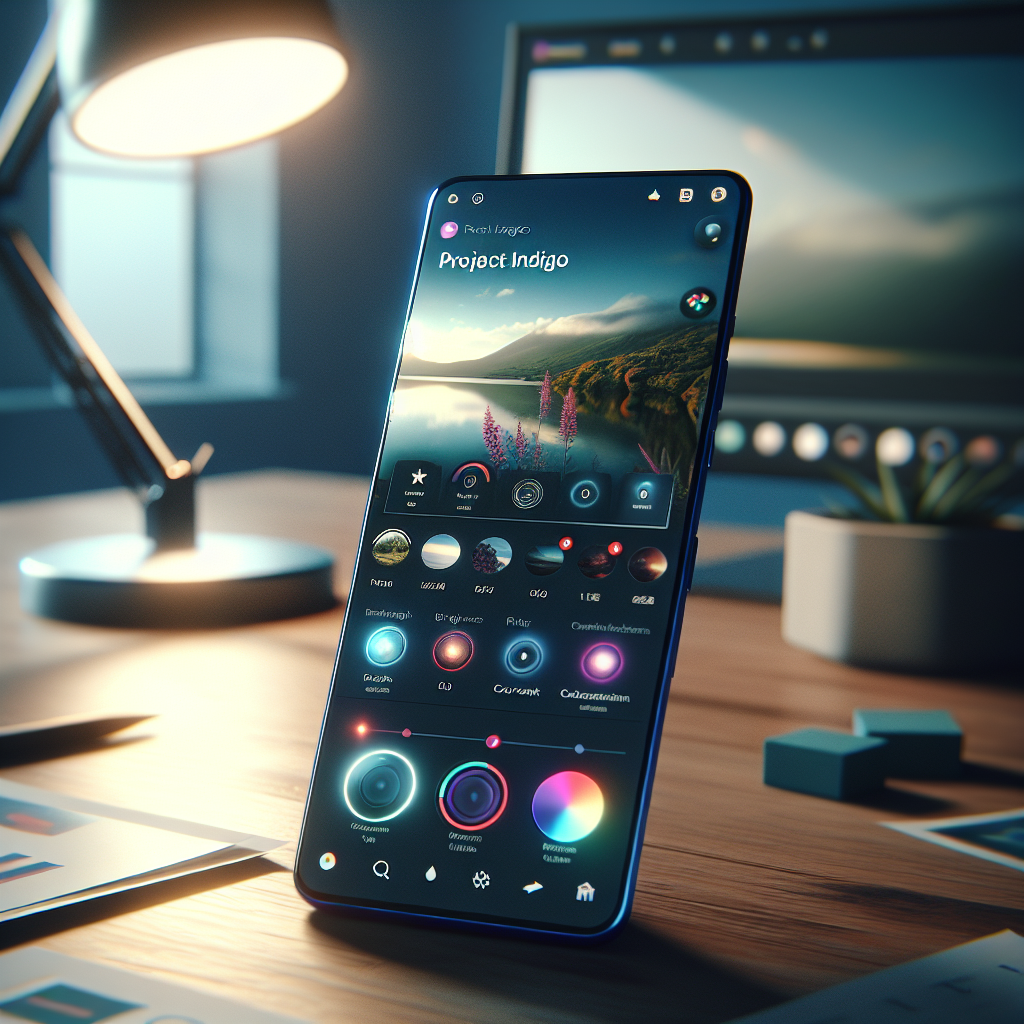Adobe’s Project Indigo: Transforming iPhone Photography
Adobe’s newest project, Project Indigo, is poised to change the realm of smartphone photography. By leveraging sophisticated computational methods, the application aims to provide a natural, SLR-like quality to images taken with iPhones. This innovation is set to elevate mobile photography through cutting-edge features, guaranteeing users can attain the best possible image quality on their devices.
Improving Image Quality with Multi-Frame Capturing
One of the key elements of the Project Indigo app is its distinctive method of capturing images. Unlike standard camera apps, Indigo under-exposes pictures and takes multiple frames — as many as 32 per image. This technique results in diminished blown-out highlights and lower noise levels in darker areas. Although this process may require a few additional seconds, the result is a notably enhanced image with retained natural textures.
Addressing Zoom Challenges with Super-Resolution Techniques
Smartphones frequently face challenges with image quality while zooming, primarily due to the absence of optical zoom lenses. Project Indigo addresses this problem by utilizing multi-frame super-resolution technology. By capturing photos at different resolutions and zoom levels, the app minimizes noise and amplifies detail. This approach ensures that the extra details in images are authentic, rather than just a computational simulation.
Sophisticated Controls for the Ideal Shot
Project Indigo equips smartphone photographers with an extensive range of sophisticated controls, including focus, shutter speed, ISO, and exposure compensation. Users can also modify white balance with independent temperature and tint controls, similar to Adobe Lightroom. The app enables photographers to adjust the number of frames in a burst, balancing capture time with noise levels.
Real-Time Rendering and Smart Features
Looking ahead, Project Indigo aspires to provide real-time rendering of images in the viewfinder. This function will allow photographers to make real-time modifications, such as changing brightness by adjusting the preview instead of exposure time. The app also promises intelligent features, like eliminating reflections from subjects behind glass or plastic, making it a potent resource for creative photography.
The Horizon of Adobe’s Photography Technology
Project Indigo is more than just an application; it’s a suite of technologies that Adobe might incorporate into its flagship offerings, including Lightroom. By bringing these advanced photographic techniques to mobile devices, Adobe is establishing a new benchmark for smartphone photography. The app is currently free on the App Store, encouraging iPhone users to try out its pioneering features.
Conclusion
Adobe’s Project Indigo is set to revolutionize smartphone photography, bringing professional-grade quality and control to the hands of iPhone users. By leveraging advanced computational photography techniques, the app offers insight into the future of mobile imaging, where creativity and technology seamlessly blend.
Q&A Session
Q1: What is the primary objective of Adobe’s Project Indigo?
A1: The central goal of Project Indigo is to enhance iPhone photography by incorporating advanced computational techniques to achieve a natural, SLR-like quality in images.
Q2: How does Project Indigo enhance image quality?
A2: The app captures up to 32 frames per image, minimizing noise and blown highlights, and employs multi-frame super-resolution to enhance detail while zooming.
Q3: What sophisticated controls does Project Indigo provide?
A3: The app offers controls for focus, shutter speed, ISO, exposure compensation, and white balance, along with additional features for managing frame bursts.
Q4: Is Project Indigo capable of eliminating reflections in images?
A4: Yes, Project Indigo can smartly remove lighting reflections from subjects behind glass or plastic, improving image quality.
Q5: Is Project Indigo available to all smartphone users?
A5: Currently, the app is free on the App Store for iPhone users, but future integration into Adobe products may broaden its accessibility.
Q6: Will Project Indigo be incorporated into other Adobe products?
A6: Adobe intends to potentially integrate the technologies from Project Indigo into its flagship products, such as Lightroom, in the future.